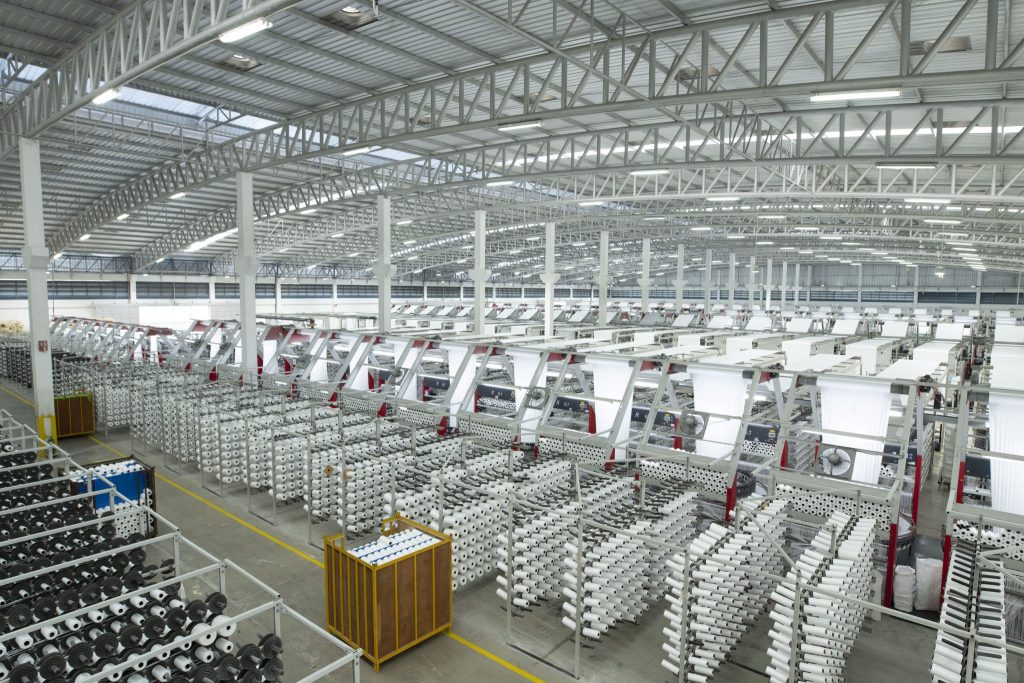
By merging traditional craftsmanship with modern material science, kraft paper laminated woven fabric has emerged as a cornerstone of sustainable and durable packaging. VidePak, leveraging 30+ years of industry expertise, exemplifies how innovation in material engineering and ESG-driven production can redefine global packaging standards. This report explores the historical evolution, market adaptability, and strategic growth of this solution, anchored by VidePak’s technological prowess.
Historical Evolution: From Industrial Roots to Modern Innovations
The origins of kraft paper laminated woven fabric trace back to the 19th-century industrial revolution, where advancements in pulp processing and textile weaving converged. German chemist Friedrich Keller’s 1844 invention of wood pulp papermaking laid the groundwork for kraft paper, while the 20th-century plastics revolution introduced polypropylene (PP) as a durable, lightweight alternative to traditional textiles.
Key Insight from Industry Leaders
Ray, CEO of VidePak, remarks:
“The fusion of kraft paper’s natural resilience and PP’s synthetic durability wasn’t accidental—it was a response to industries demanding packaging that balanced strength and sustainability. Today, this hybrid material is the backbone of sectors from agriculture to pharmaceuticals.”
The first commercial kraft paper bags, developed in 1908 by U.S. grocer Walter DuViner, prioritized load capacity (up to 75 lbs) and reusability. However, the mid-20th century saw plastics dominate due to lower costs, until environmental concerns revived kraft paper’s relevance in the 2000s.
Market Adaptability: Diversification and Specialization
Kraft paper laminated woven fabric’s success lies in its adaptability to niche demands:
1. Structural Innovations
- Valve Designs: Ideal for powdered chemicals, reducing spillage by 90% in cement transport.
- Laminated Layers: BOPP coatings enhance moisture resistance (<0.1 g/m²/24h vapor transmission), critical for hygroscopic materials like fertilizers.
- Custom Printing: High-definition branding withstands abrasion, with 8-color Pantone accuracy for regulatory compliance.
2. Sector-Specific Applications
| Industry | Use Case | VidePak Solution |
|---|---|---|
| Agriculture | Grain storage | 150 GSM kraft-PP blend with UV stabilization |
| Construction | Cement transport | Double-stitched seams + anti-static liners |
| Retail | Luxury packaging | Embossed finishes + RFID tracking integration |
Case Study: A Chinese feed producer reduced spoilage by 40% after switching to VidePak’s moisture-proof kraft-PP bags, which combine 200 GSM fabric with PE inner liners.
Growth in China: Sustainability and Market Precision
China’s dominance in kraft paper laminated woven fabric production is rooted in regional industrial clusters like Wenzhou’s “Plastic Weaving Capital,” where manufacturers pioneered cost-effective, high-volume solutions. However, rising ESG pressures have reshaped priorities:
1. Sustainable Manufacturing
- Solar Integration: VidePak’s 2MW rooftop solar system powers 60% of production, reducing CO₂ emissions by 1,200 tons/year.
- Circular Economy: 98% of PP waste is recycled via Starlinger’s RecoStar system, cutting raw material costs by 15%.
2. Brand Differentiation
Chinese manufacturers now emphasize certifications (e.g., EU EN 13432 for compostability) and hyper-customization. VidePak’s 30+ lamination machines enable rapid prototyping for niche markets, such as anti-bacterial liners for medical packaging.
Technical Specifications and Competitive Edge
| Parameter | VidePak Standard | Industry Average |
|---|---|---|
| Tensile Strength | 35–50 N/cm² | 20–30 N/cm² |
| Thickness | 80–200 GSM | 60–150 GSM |
| Print Resolution | 300 dpi | 150–200 dpi |
| Lead Time | 14 days (custom orders) | 21–30 days |
FAQs: Addressing Client Concerns
Q1: How does kraft-PP compare to pure plastic bags in cost?
A: While 20% pricier upfront, kraft-PP bags last 3x longer, reducing lifecycle costs by 35%.
Q2: Can laminated fabric withstand extreme temperatures?
A: Yes. Cold-resistant PP blends maintain flexibility at -25°C, tested for Siberian clients.
Q3: Are these bags recyclable?
A: Absolutely. VidePak’s products use 30% post-consumer recycled PP and are industrially compostable.
Strategic Recommendations for Global Expansion
- Leverage Automation: Integrate AI-driven quality control systems to reduce defects below 0.5%.
- Amplify ESG Narratives: Certify products via Cradle-to-Cradle (C2C) to attract EU/US buyers.
- Target Emerging Markets: Partner with Indian e-commerce giants for lightweight, branded packaging solutions.
External Resources
- Explore how kraft paper weaving enhances logistical efficiency.
- Learn about sustainable practices in modern packaging.
Conclusion
Kraft paper laminated woven fabric epitomizes the synergy between tradition and innovation. VidePak’s commitment to solar-powered production, precision engineering, and market agility positions it as a leader in an industry where sustainability is no longer optional—it’s imperative. As global demand shifts toward eco-conscious solutions, the fusion of kraft paper’s heritage and PP’s modernity will continue to redefine packaging excellence.
Word count: 1,150